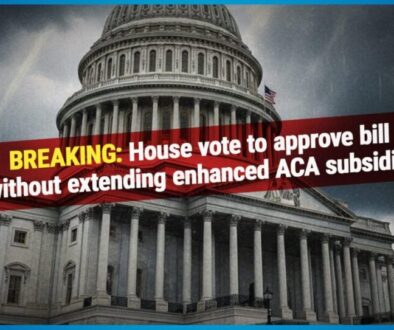Calif. consumer group asks NAIC to lead on U.S. long-term care financing issue
California Health Advocates, a non-profit organization, is urging the Senior Issues Task Force of the National Association of Insurance Commissioners to take a leadership role in bringing states, regulators, industry and consumers together to discuss how states might think about financing long-term care.
States including Washington, California and a few others have already begun to look at the issue as the issue of long-term care becomes increasingly urgent in the country. But there has not been a consistent approach across the board.
“The bottom line in all of this is that the numbers of people who are going to need this kind of care in each of the states is going to be a pressure on their state Medicaid program and a demand for services,” Bonnie Burns, training and policy specialist, CHA, said. “The NAIC is the only organization that I can think of that would involve all of the states, state regulators, industry, and hopefully consumer groups.”
The CHA recently submitted a letter to the SITF directly, asking them to:
● Explore proposals to create state programs to finance long-term care
● Monitor and regulate the current marketing and sales of insurance products to circumvent participation in state programs that do not yet exist
Burns also addressed the task force during the NAIC’s Spring 2024 meeting in March, bringing the letter to their attention and emphasizing the importance of addressing the long-term care challenge in the U.S. In a recent interview with InsuranceNewsNet, she said the “problem is evident.”
“The NAIC is one vehicle for bringing a bunch of interested parties together to talk about this,” she said. “What other national organization could do this? My answer is there isn’t one.”
Leading the LTC conversation
Burns said the CHA is not expecting the SITF to come up with solutions to the entire long-term care challenge facing Americans all on its own, but rather to spearhead multisectoral conversations that could lead to solutions.
“This is going to involve state regulators at some point, and it’s an opportunity in that organization for states to talk over what they’re doing with each other and sort of think about what might work, what doesn’t work, what other states’ experience has been with this,” she said.
She pinpointed Washington, as the first state to launch publicly-funded long-term care insurance through its WA Cares plan. Many other state regulators, industry stakeholders and consumer groups have been closely watching Washington’s progress with this, and Burns suggested that regulators examine whether a similar program could be implemented in their own states.
In the years leading up to the launch of WA Cares, Burns was appointed to a Washington state subcommittee formed to help develop supplemental coverage options for the public plan.
While she believes Washington’s program is viable, she noted that there may not be a one-size-fits-all approach as states already administer Medicaid differently. The more crucial point, she said, is “getting people together to talk about it, and especially interested parties like the insurance industry and the regulators that are going to have to deal with that.”
“The NAIC is one group that could bring together the states to talk about some of the issues around this,” Burns said. “I’m not asking them to come up with a solution. I’m not asking them to think about doing identical things in every single state. I just want them to talk about it so they can figure it out for themselves.”
Financing pressure
The need for long-term care and financing options feeds into concerns about housing and homelessness, retirement, unpaid labor and more, Burns noted.
“There’s just a raft of issues that revolve around having a very large number of people in that older age group,” she said. “All states need to be aware of this issue and begin to think about how to finance it within their own state, because obviously there isn’t anything coming from the federal government,” she said.
For instance, in California, Burns said one-quarter of the population will be 60 or older by 2030. Many will also reach age 85, which she noted is the age when Americans generally start using long-term care services if they’re not already doing so.
“So the question is, who’s going to provide these services? What do they cost? Who’s going to pay for them? It’s either going to get paid through public resources because people spend down the Medicaid, or it’s going to get paid in some other fashion, and what is that?” she said.
Burns noted that long-term care is not paid for through health insurance, and that states are already feeling pressure from increased demand on their Medicaid programs.
“I don’t think it’s clear where all of this stuff is going,” Burns said. “The problem is evident; the solution is not.”
California Health Advocates is a non-profit organization dedicated to Medicaid advocacy and education in California.
Rayne Morgan is a Content Marketing Manager with PolicyAdvisor.com and a freelance journalist and copywriter.
© Entire contents copyright 2024 by InsuranceNewsNet.com Inc. All rights reserved. No part of this article may be reprinted without the expressed written consent from InsuranceNewsNet.com.
The post Calif. consumer group asks NAIC to lead on U.S. long-term care financing issue appeared first on Insurance News | InsuranceNewsNet.




